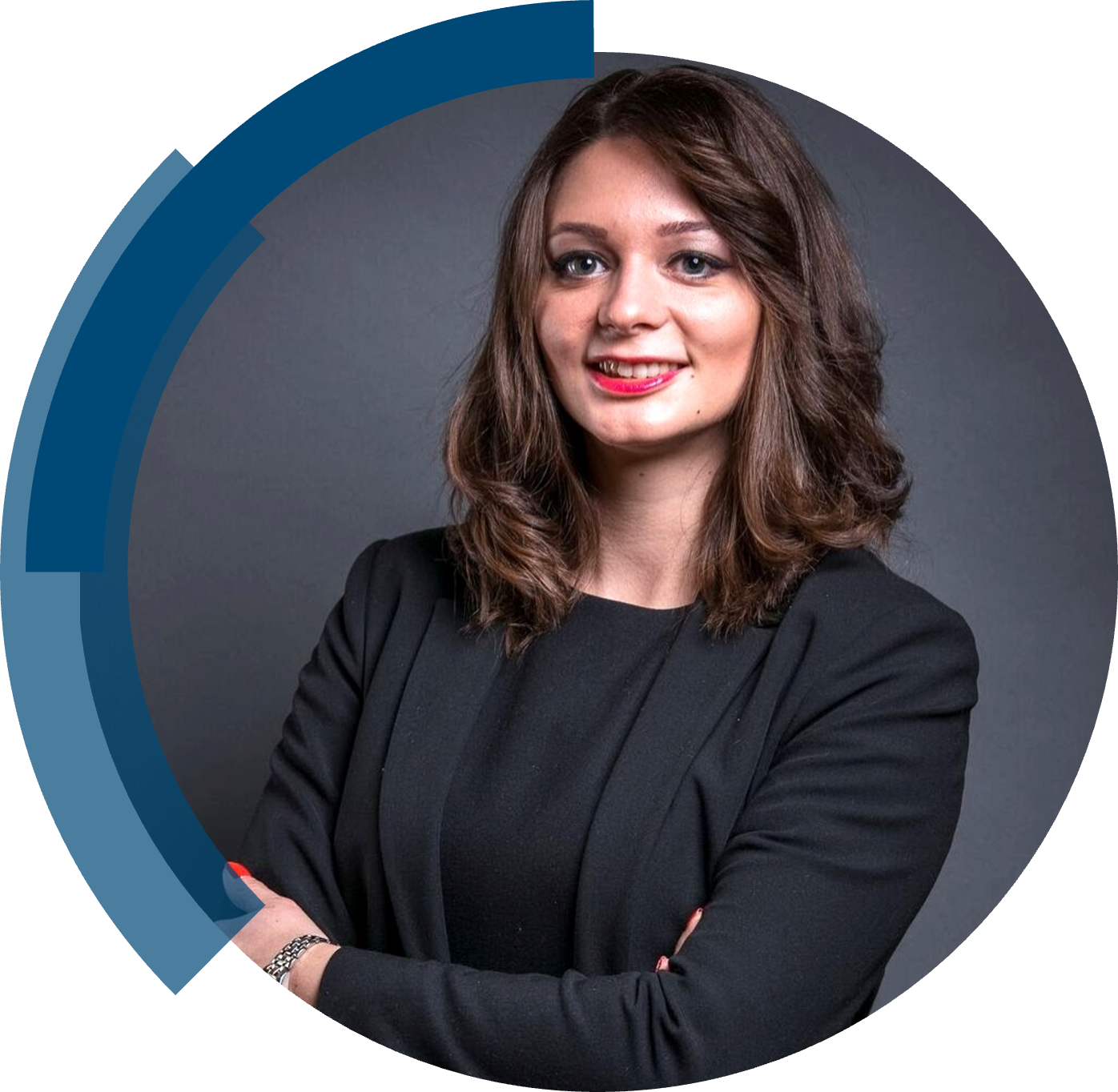We are excited to share the success of Ioana M. Ilie’s first-time independent article in ChemComm; “Unlocking novel therapies: cyclic peptide design for amyloidogenic targets through synergies of experiments, simulations, and machine learning” included in the full milestones collection.
Read our interview with Ioana below.
What are the main areas of research in your lab and what motivated you to take this direction?
In my lab we develop computational tools aiming (1) to understand and control the aggregation mechanisms of polypeptides and their response to the biological environment, (2) to design peptide-based therapeutics and (3) to build smart (bio)materials with tunable and responsive properties. More specifically, we use atomistic simulations to gain insight into the biochemical mechanisms of protein folding, which we then modulate by rationally designing and evolutionary optimizing agents to control their response. We also develop coarse-grained models for proteins and biomaterials uniquely capturing their intrinsic flexibility to understand the interaction mechanisms with the biological environment on the nanoscopic scale, which we then exploit to design novel materials. Importantly, we parametrize the coarse-grained models relying on our atomistic simulations and experimental input. Hence, we learn across scales, linking and incorporating the relevant properties at different spatio-temporal resolutions.
Can you set this article in a wider context?
Current therapies for neurodegenerative diseases like Parkinson’s and Alzheimer’s disease address symptoms rather than preventing their onset. This work opens new doors for novel (preventive) therapeutic interventions and beyond. Particularly, it underlines the synergies between simulations, experiments, and machine learning when designing cyclic peptides as promising anti-amyloidogenic candidates.
This feature explores recent advancements in cyclic peptide design against amyloidogenic targets from a computational perspective, emphasizing the synergies with machine learning and experiment in optimizing the design process. The discussion encompasses the difficulties encountered in designing novel peptide-based inhibitors and proposes innovative strategies that incorporate “the powerful trio”: experiments, simulations, and machine learning .
In the broader context, the proposed combination of strategies extend beyond cyclic peptide design, serving as a template for the de novo generation of any type of (bio)materials with programmable properties.
What do you hope your lab can achieve in the coming year?
Scientifically, in the coming year, on the one hand my lab will focus on the development of machine learning algorithms for the iterative design of cyclic peptides against amyloidogenic and cancerous targets. On the other hand, my lab will continue our endeavours in building versatile coarse-grained models for biomaterials and developing agents to control their fate in specific environments.
On the team side, I expect my team to grow, which will further strengthen our international position in the peptide design and computational soft matter fields.
Describe your journey to becoming an independent researcher.
I am trained as a computational biophysicist with a PhD from the University of Twente in the Netherlands. During my PhD, advised by Profs. Briels and den Otter, I developed coarse-grained models of proteins and studied their aggregation dynamics. Wanting to understand the microscopic origin of aggregate formation, I switched focus towards higher resolution models during my postdoctoral stay at the Technical University of Darmstadt in Germany in the group of Prof. van der Vegt. I continued with adding a biochemical perspective to my biophysical background by joining the Computational Structural Biology group of Prof. Caflisch at the University of Zurich in Switzerland. Both postdoctoral experiences contributed significantly towards my growth as an independent researcher, which led to my current Assistant Professorship at the University of Amsterdam in the van ‘t Hoff Institute for Molecular Sciences.
The Multiscale Simulation of Biomolecular Systems group uniquely combines my international and multidisciplinary experience to tackle fundamental biomedical and technological problems from diverse disciplinary and methodological angles, i.e. atomistic, coarse-grained.
What is the best piece of advice you have ever been given?
Be patient.
Why did you choose to publish in ChemComm?
ChemComm has an excellent reputation for publishing urgent research of outstanding significance and appeal to experts in the field, supported by a rigorous peer review process. Furthermore, ChemComm has a broad chemistry readership, which is in line with my research that lies at the interface of chemistry and physics and biological sciences. Another compelling aspect was the chance to showcase my lab’s research through publication in the Emerging Investigators edition of the journal.
 |
Ioana M. Ilie is an Assistant Professor in Computational Chemistry at the van ‘t Hoff Institute of Molecular Sciences at the University of Amsterdam in the Netherlands. She received her PhD from the University of Twente, where she worked with Prof. Wim Briels and Prof. Wouter den Otter on the development of coarse-grained models of proteins to understand their aggregation dynamics. She continued with postdoctoral experiences in the group of Prof. Nico van der Vegt at the University of Darmstadt, Germany, and then received a Peter und Traudl Engelhorn Postdoctoral Research Fellowship to carry out further postdoctoral studies in the group of Prof. Amedeo Caflisch at the University of Zurich, Switzerland.
In 2022, Ioana embarked on her independent career at the van ‘t Hoff Institute of Molecular Sciences at the University of Amsterdam, supported by a Career Development Award from the Synapsis Foundation. Webpage: https://www.compchem.nl/staff_members/dr-ioana-illie/ Twitter/X: @ioana_ilie_UvA |
Explore more ChemComm Milestones news and updates on our X Feed: @ChemCommun











